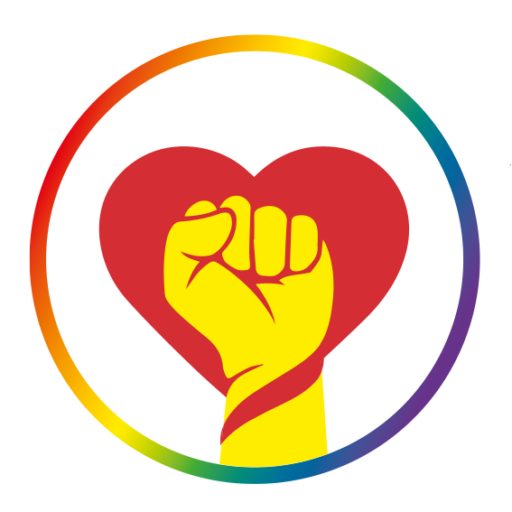What And Whose Attitudes Do You Want To Change?
Changing the world to reflect our vision of equality and justice is a campaigner’s dream. But even dreams are made of sequences, which is why we campaign one step at a time.
And while campaigners strive to change everybody’s hearts and minds all at once, it is more realistic – with limited time frames, human capacity and resources – to keep focused on achievable and realistic objectives and build a campaign of stages, each stage with a set of clear objectives that can be measured for impact.
A realistic campaign therefore embarks you on a journey where you will change the attitudes of a limited audience on a specific issue at a specific time. You can then do this again, and again, and again.
A campaign objectives should express:
- What attitudes you want to change, and
- Whose attitudes you want to change.
What Attitudes Do We Want To Change?
Often campaigns are set with such vague objectives as “fighting homophobia”,“reduce stigma” or “increase acceptance”. Such vague objectives are likely to produce equally vague campaigns.
So, what exactly do you want to change? The way people regard sexual and gender diversities as a mental illness? The feeling that it is right to bully children until they behave like they “should”?
Whose Attitudes Do We Want To Change?: Identifying Your Target Audience
When you ask campaigners who they target, they will very often respond “the general public”. But when you ask them to describe one representative of this “general public”, it becomes obvious that this just doesn’t exist!
So the “general public” that many campaigns wrongly focus on will likely be divided into various categories, that are often defined as:
Violently opposed → opposed → rather against → indifferent →rather supportive (under certain conditions) → fully supportive
Often we would like to snap back at our enemies and change the wolves into sheep.
Sadly, this is often not possible and focusing on our strongest opponents might make us feel that we are doing the right thing, but in terms of campaigning we are not.
At the other end of the spectrum, it is wonderful to be able to talk to your supporters, to bask in their warmth and to feel like you are family. Again, this might make us feel good but it is hardly going to change what needs to be changed.
In the “middle” between these are the people who aren’t yet “fully supportive”, but for whom there is hope that we can get them there.
This moveable middle might not be as obvious to find as it may look. After all, these are the “silent people” from whom you never hear. They don’t oppose you, they don’t leave comments on your Facebook page.
So: Who are they? Where are they? What do they think? Again, only one way to find out: RESEARCH
For some, the terminology “middle” is misleading because people who are conflicted might not be in the middle. For example some people can be wholeheartedly against violence but equally strongly against child adoption for same-sex couples. These people might be more appropriately called “conflicted” and your campaign will require different techniques to engage and persuade these conflicted groups. [/ultimate_modal][dt-space height=”20″]

We now would really like to hear from you !
In your context, have you already identified (or can you image)
What specific "moveable middle" group you could target ?
What specific attitudes of this group you want to change?
